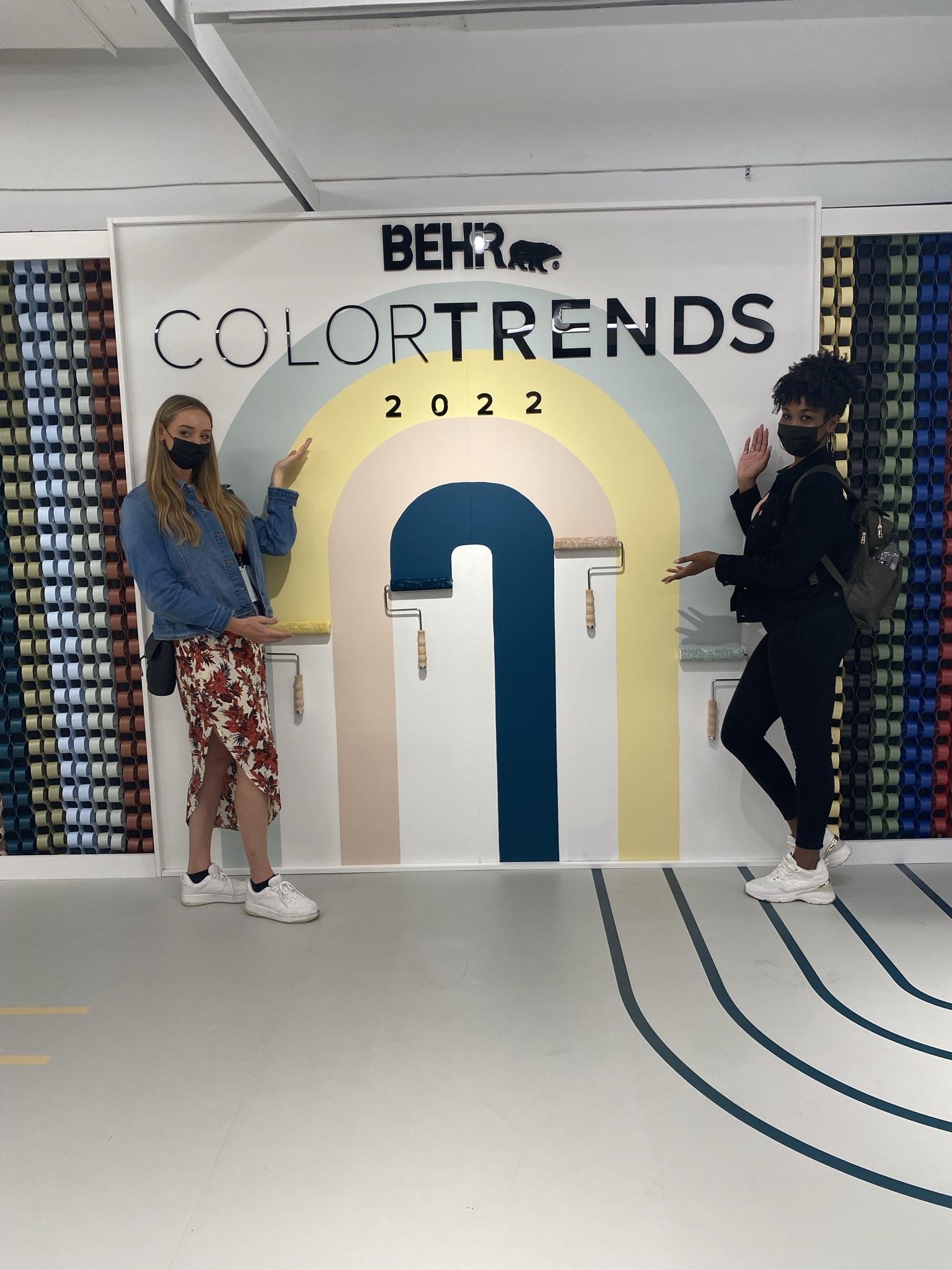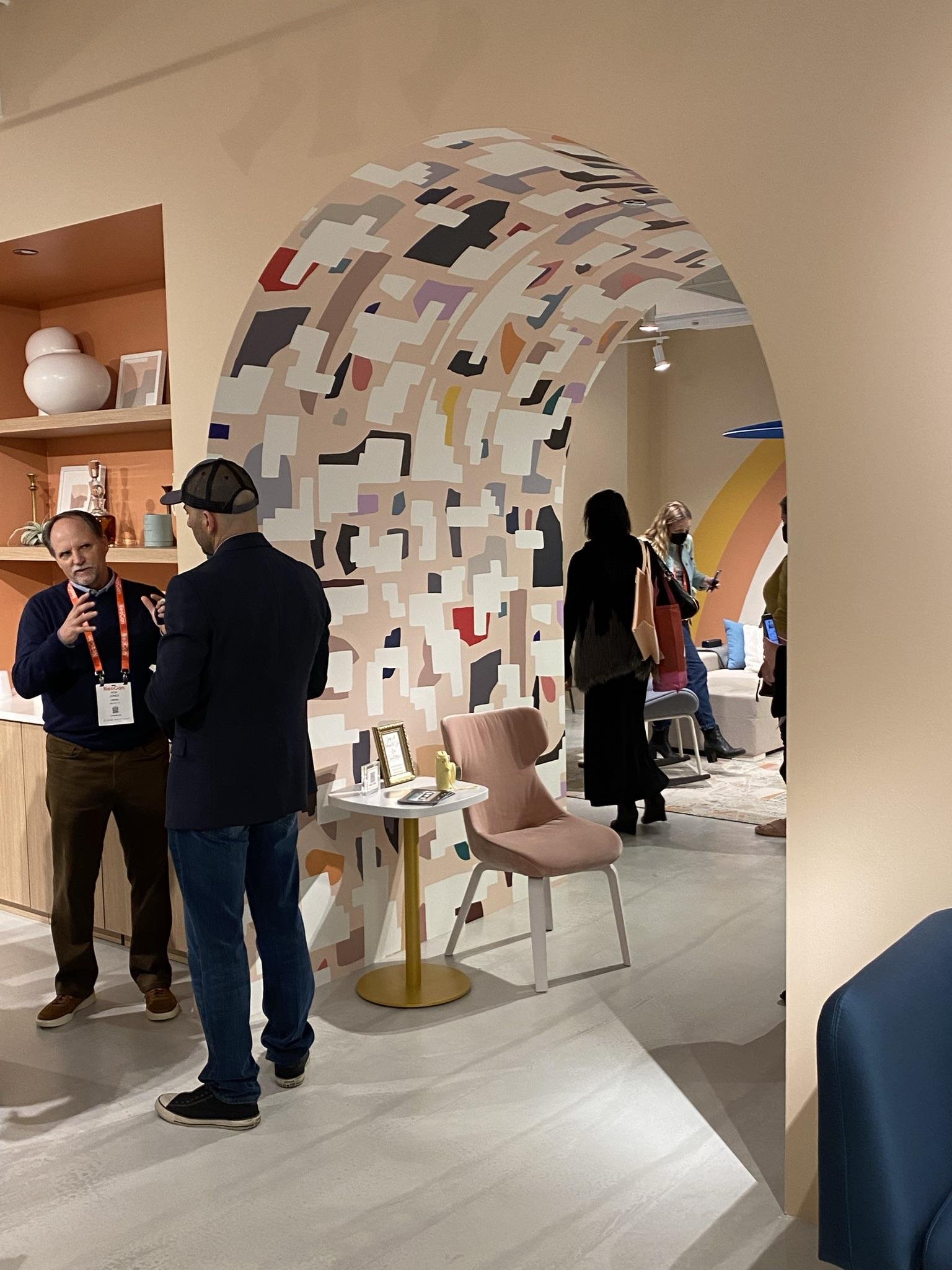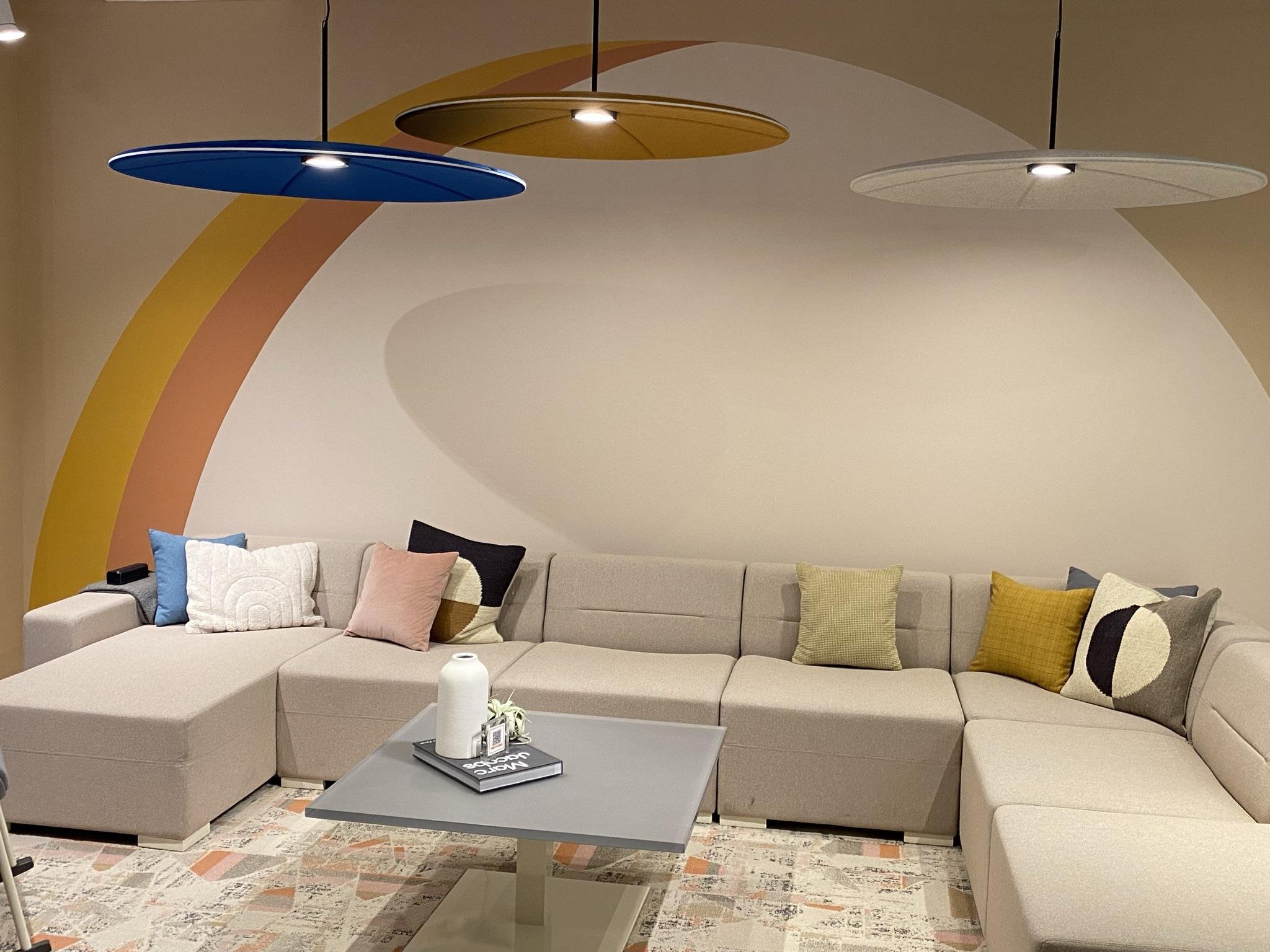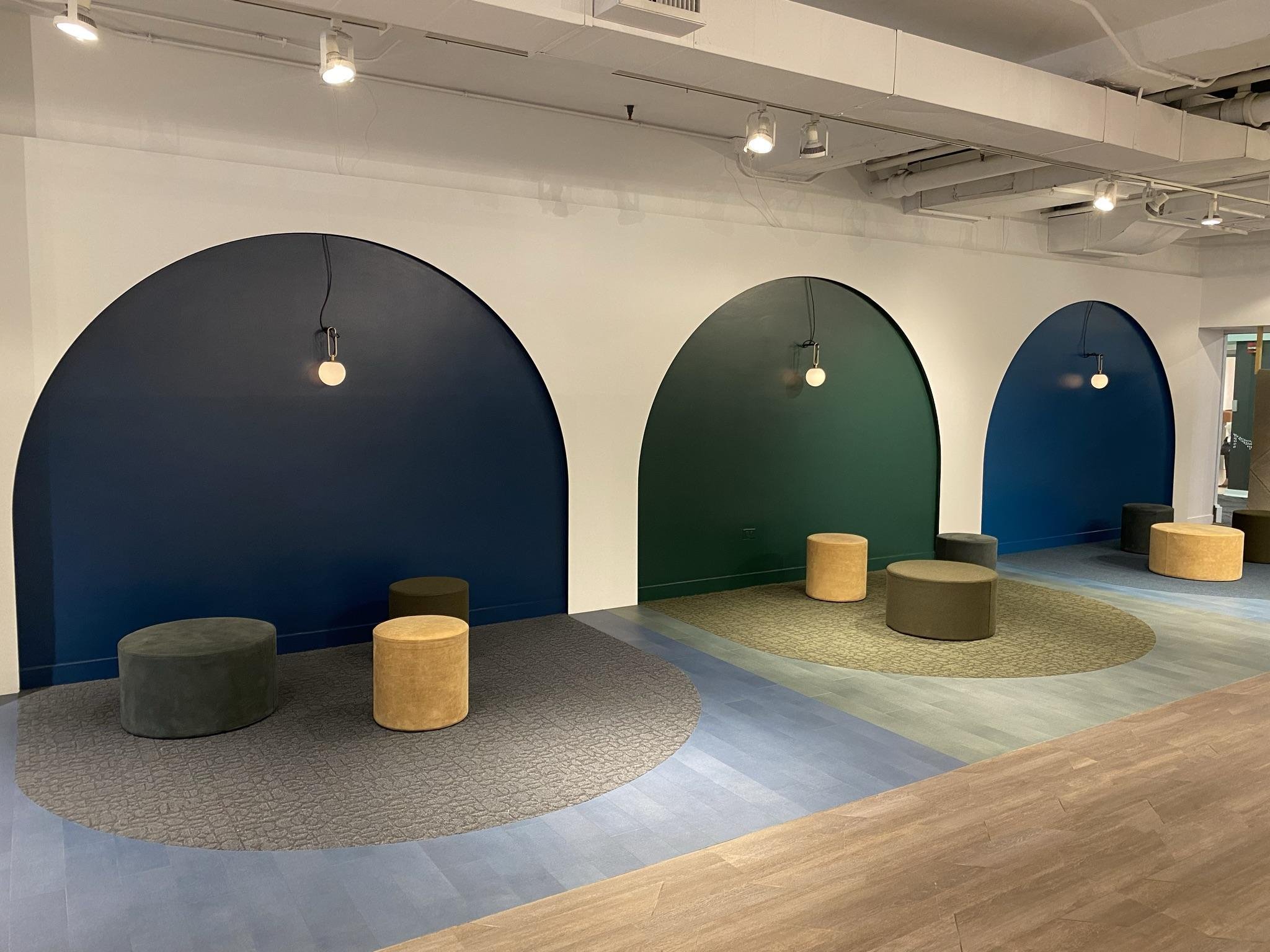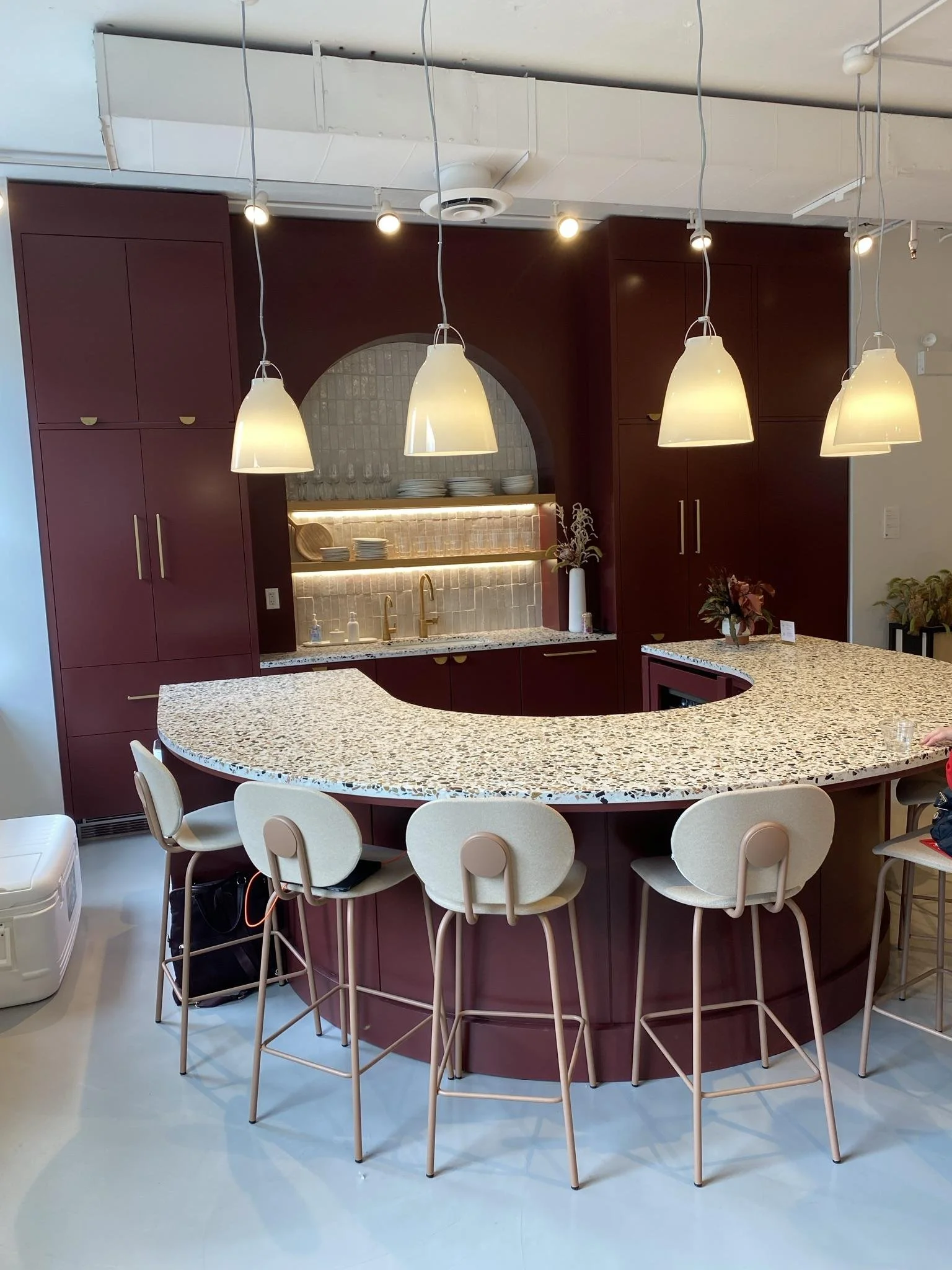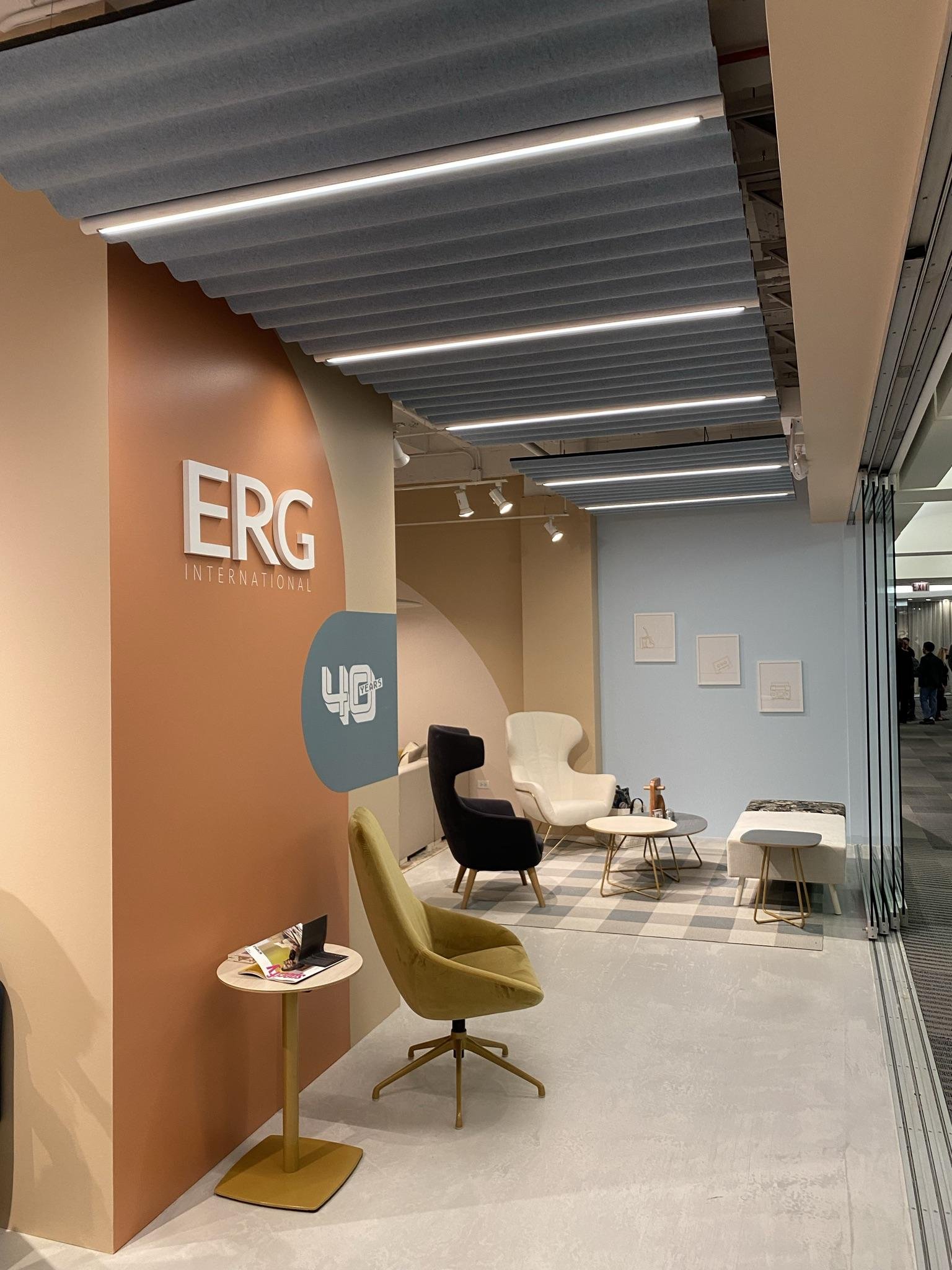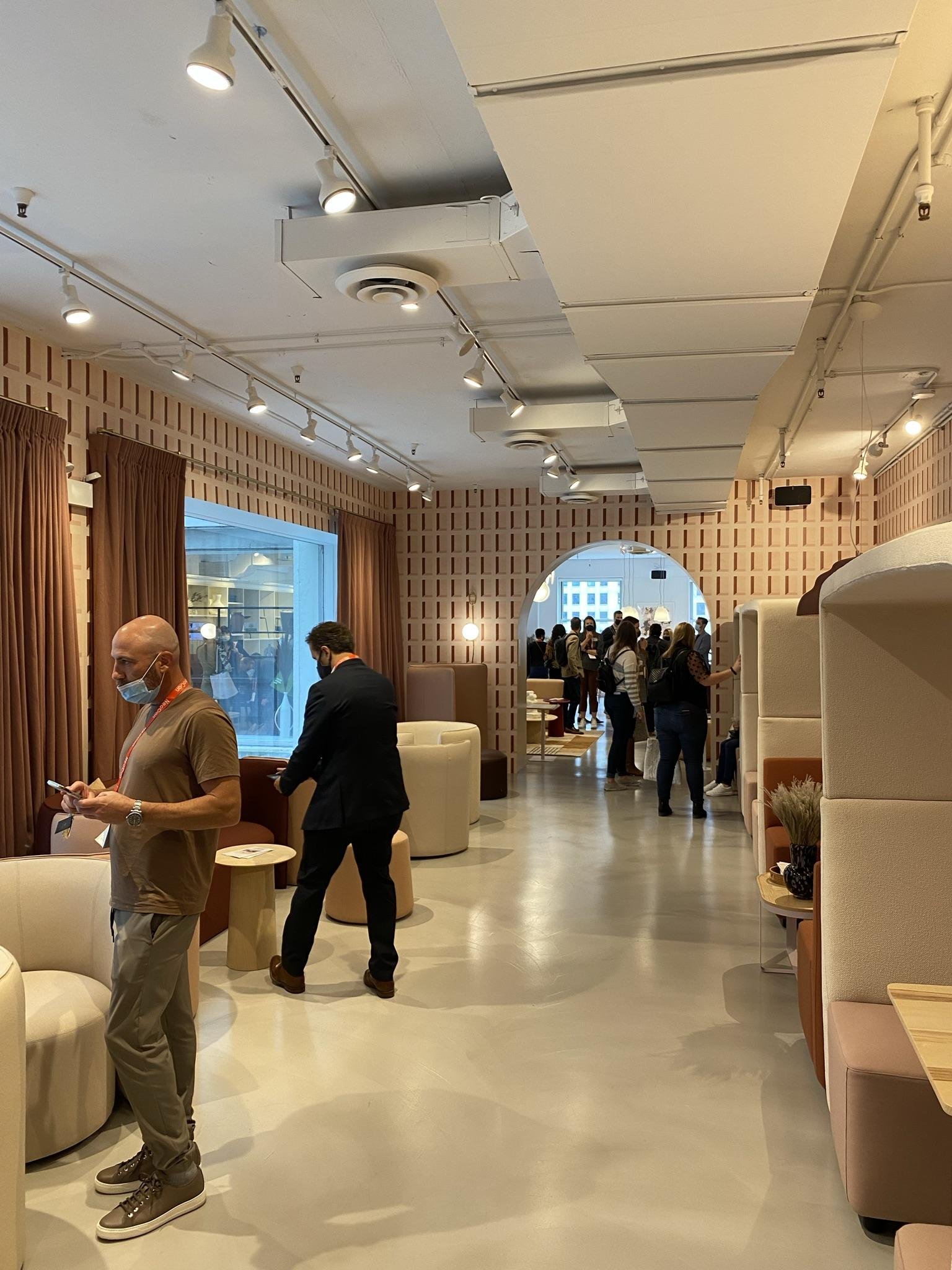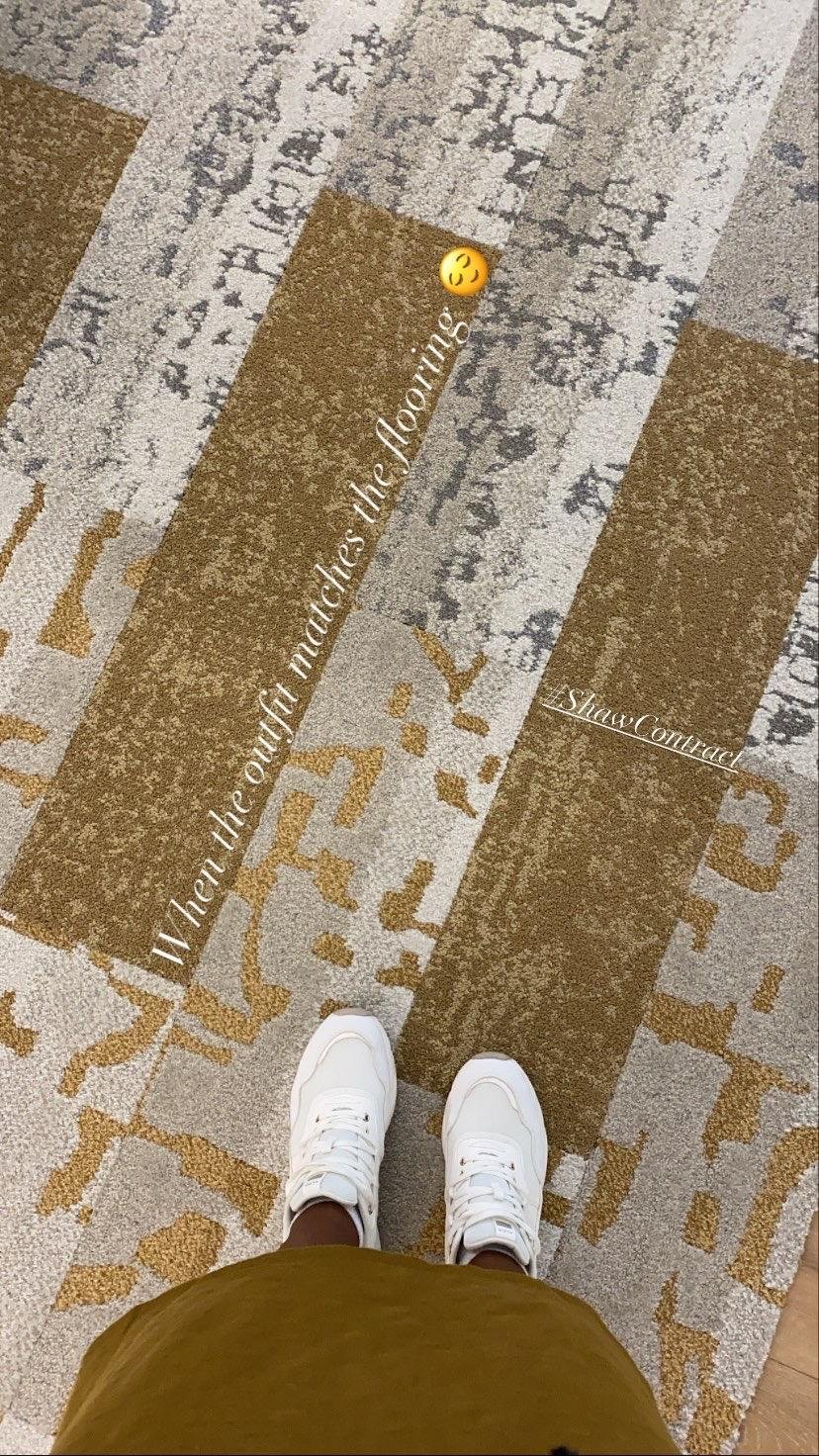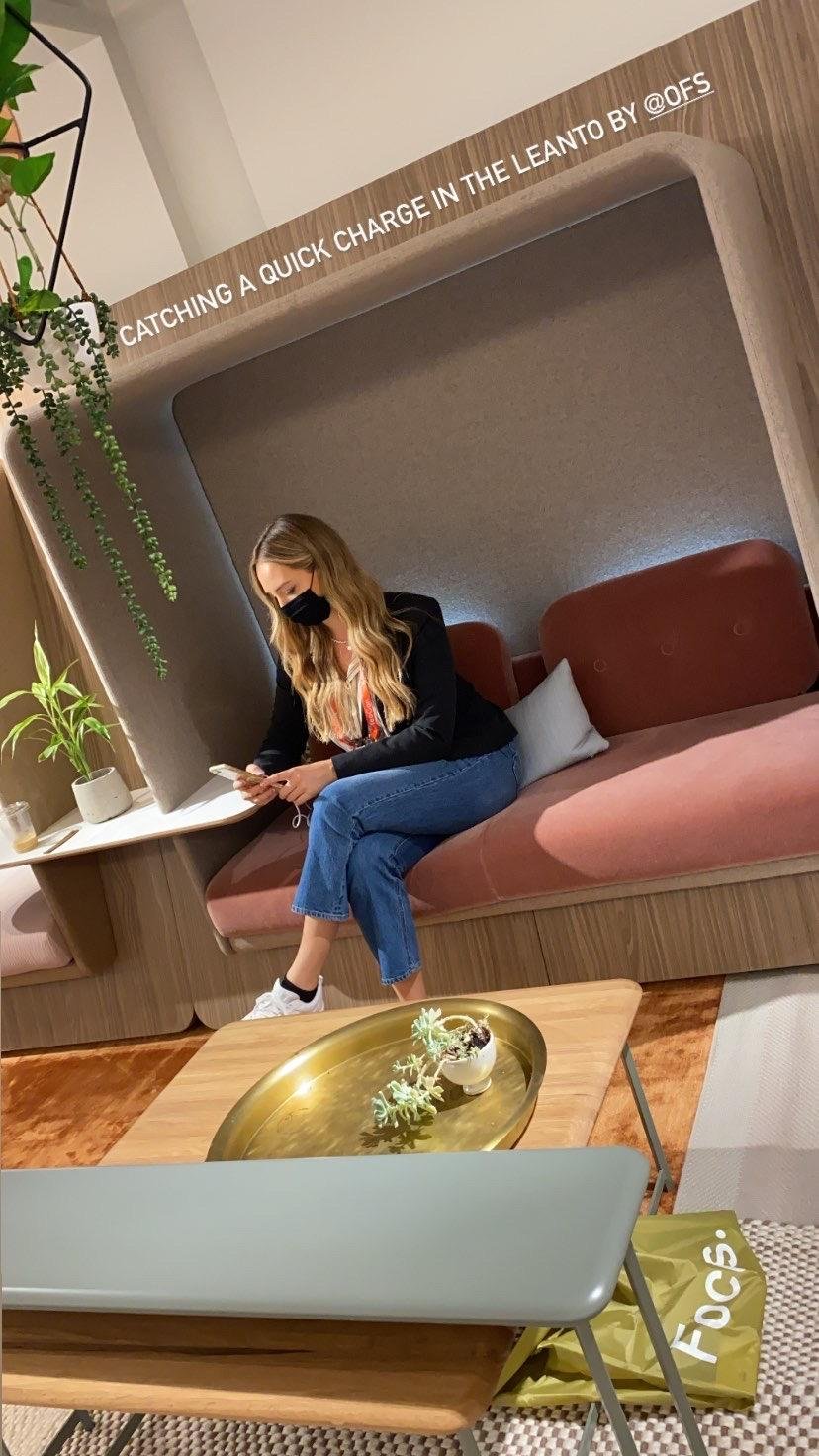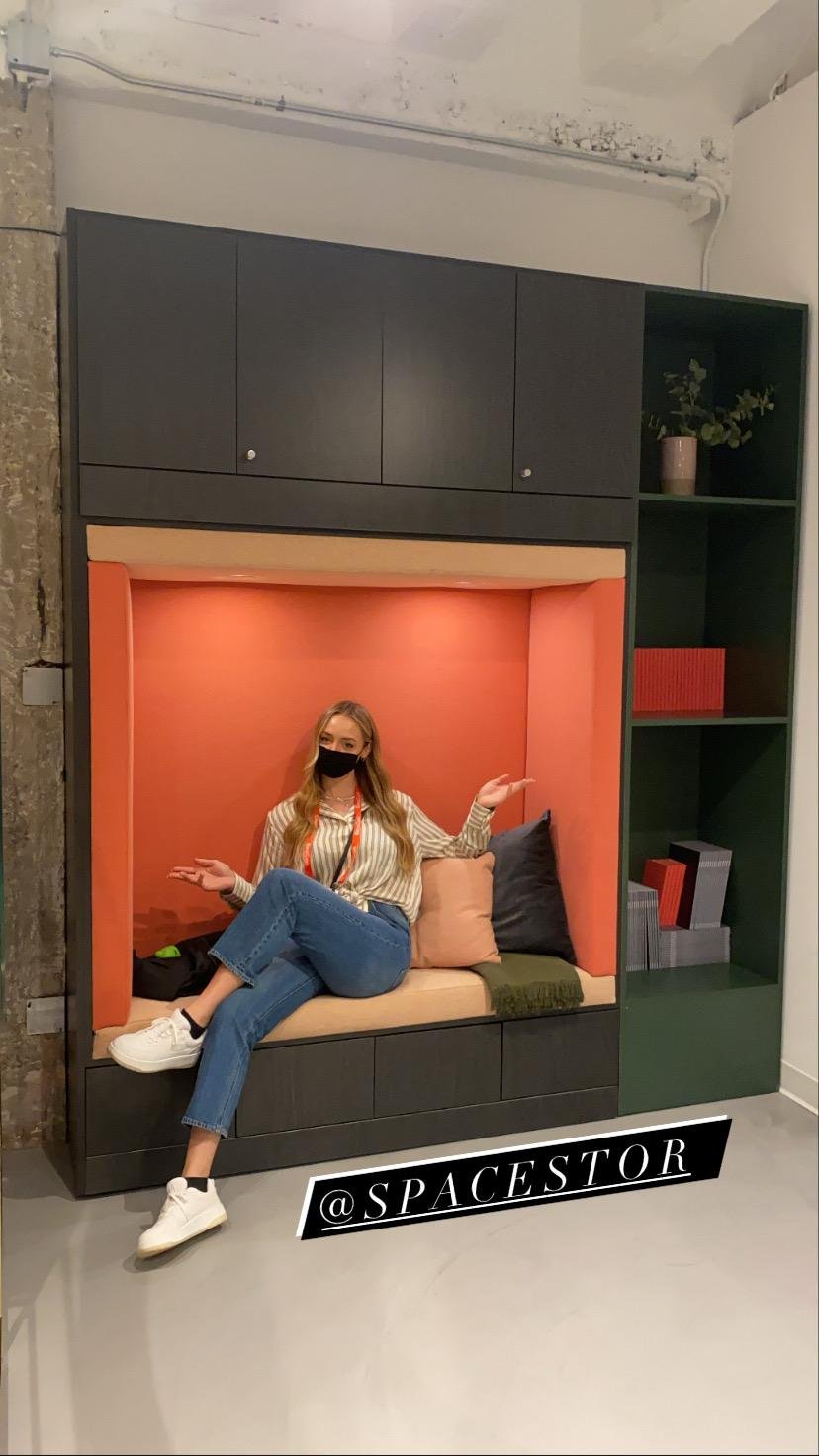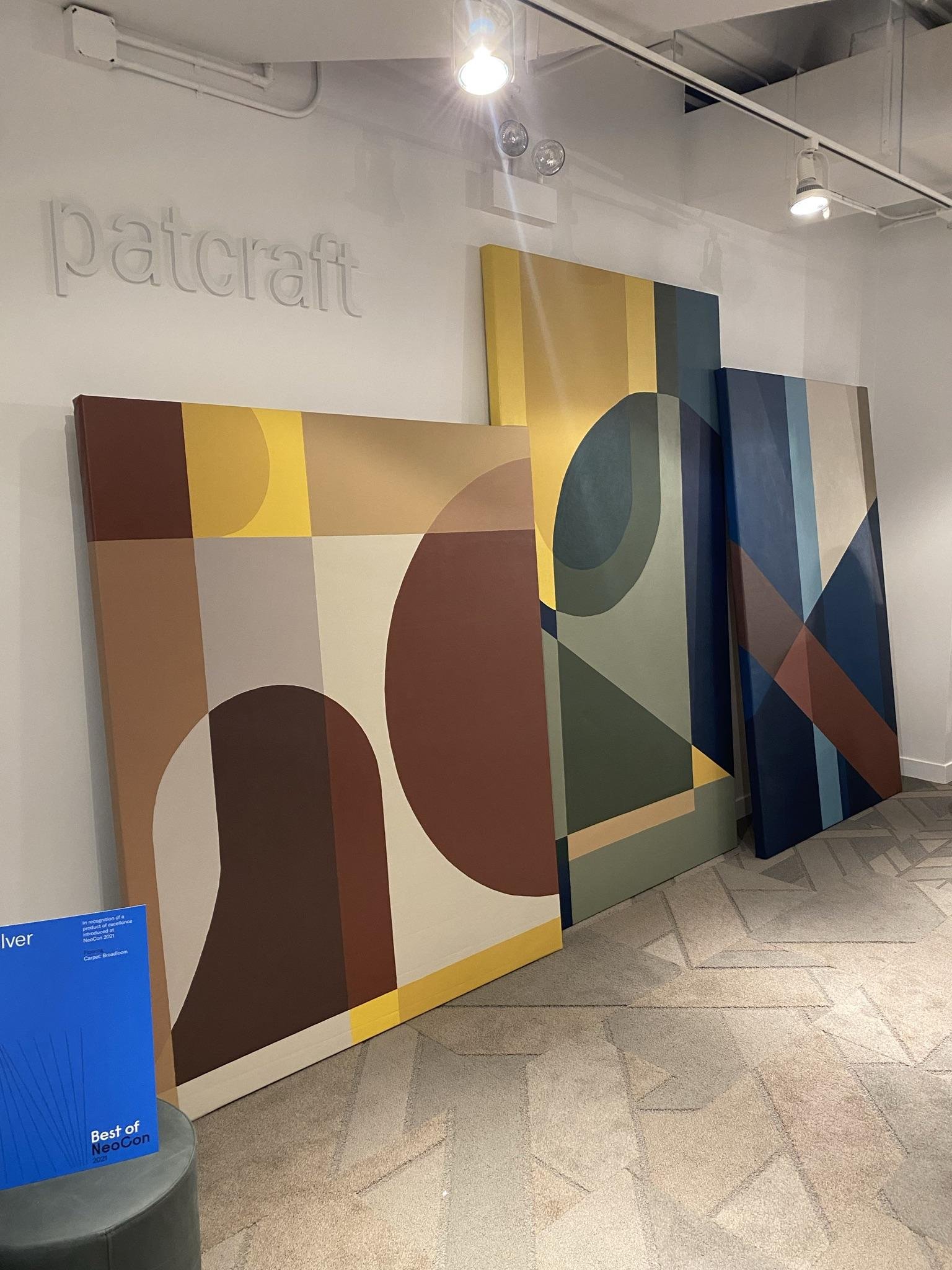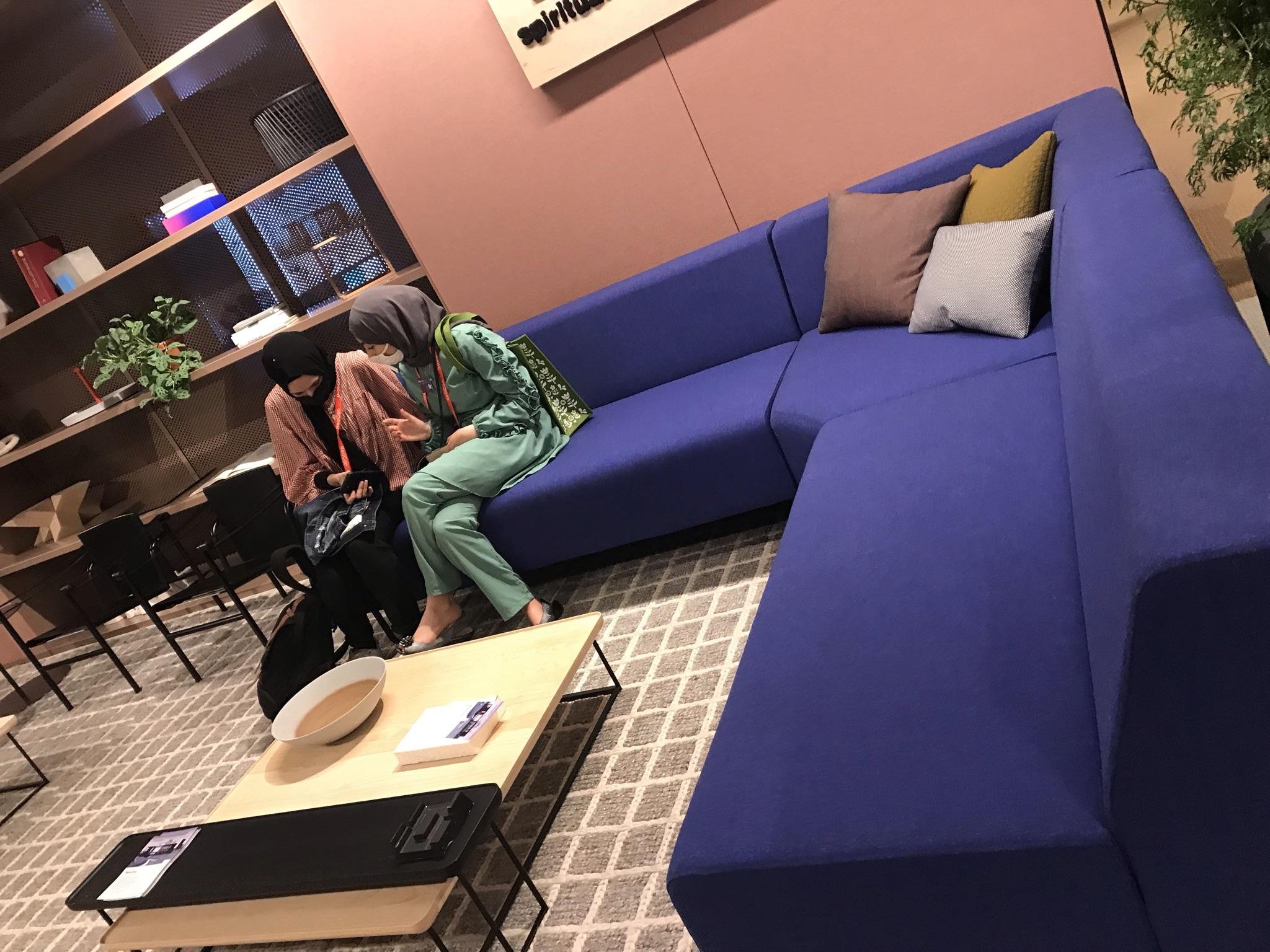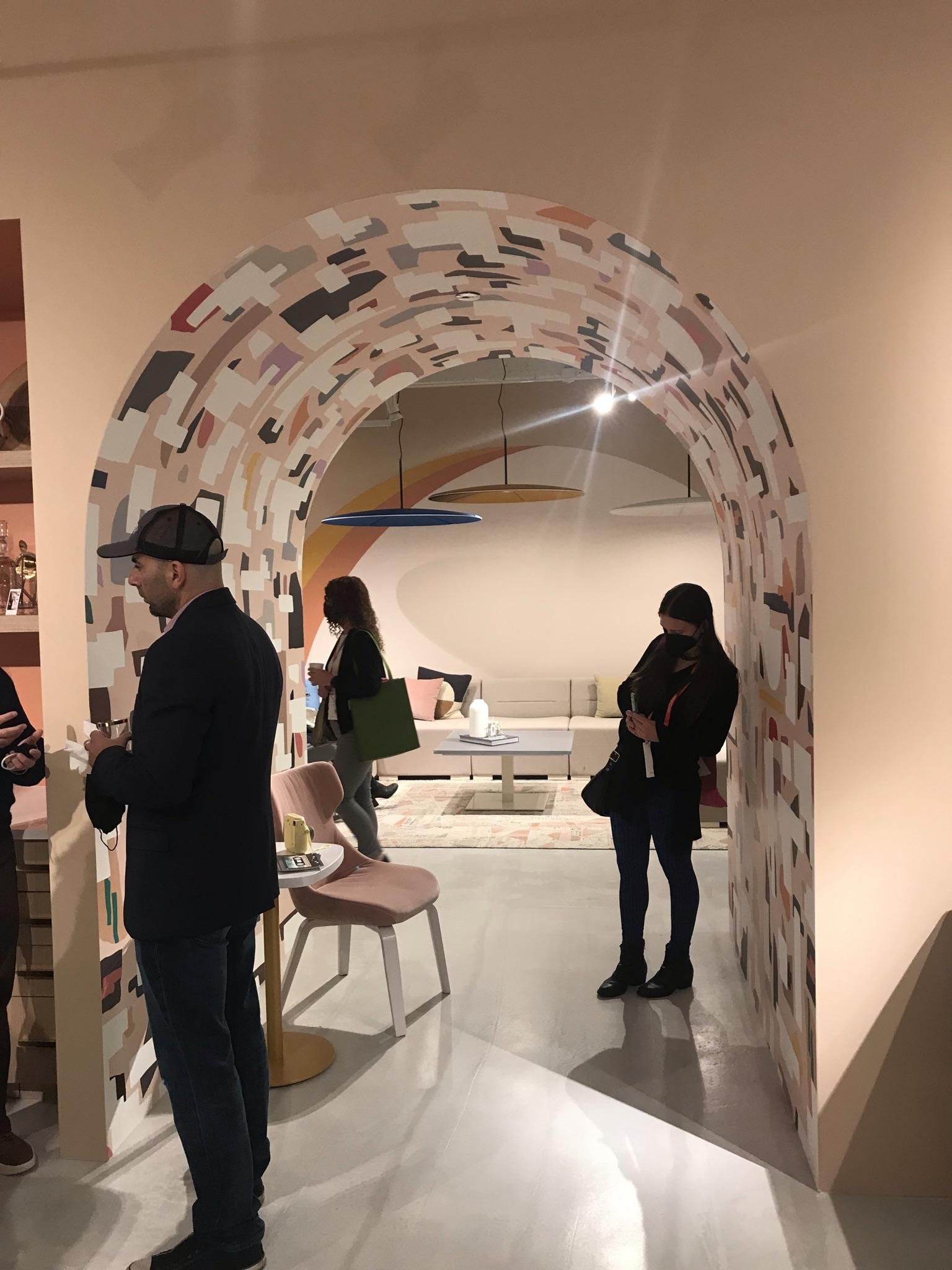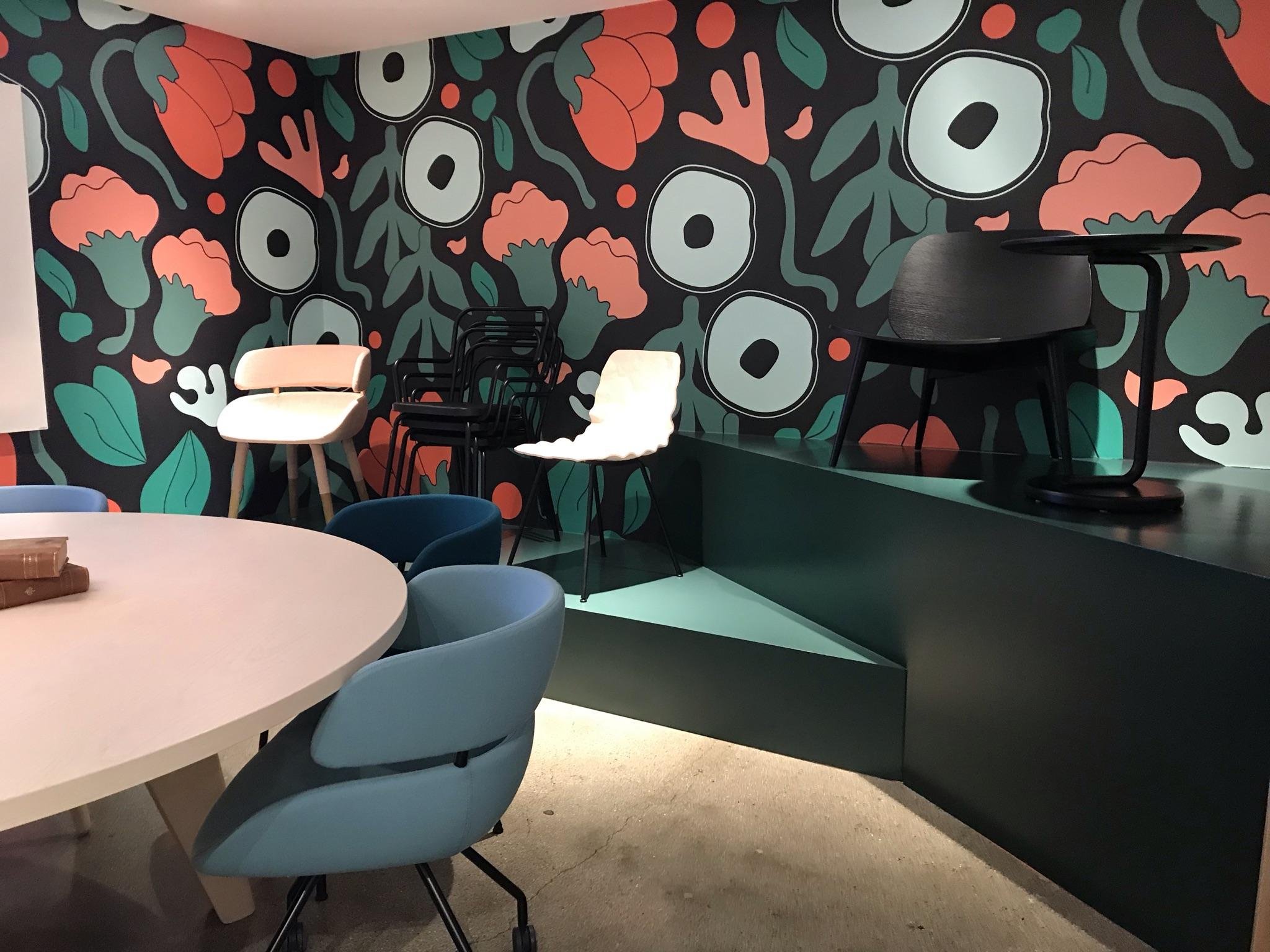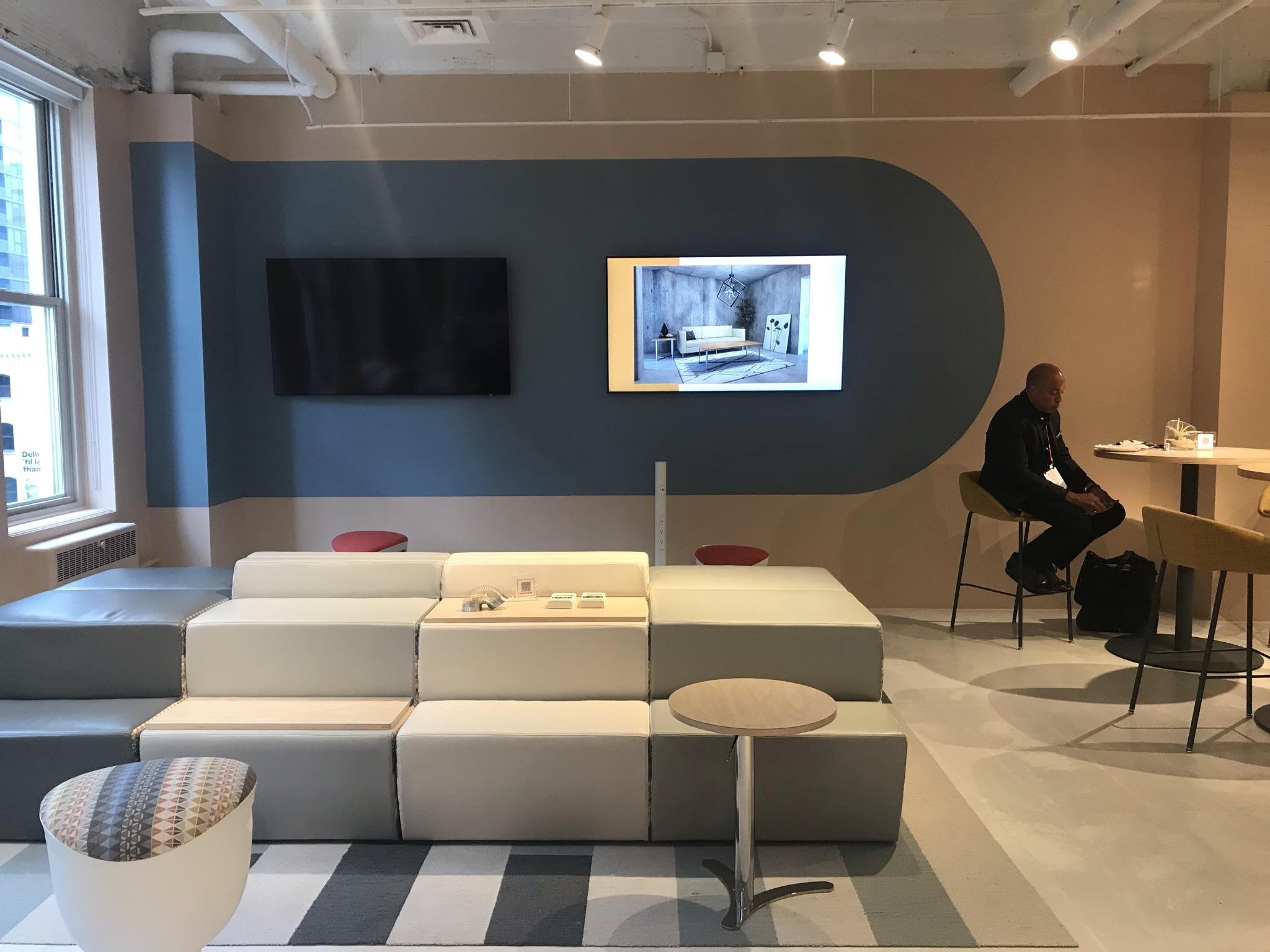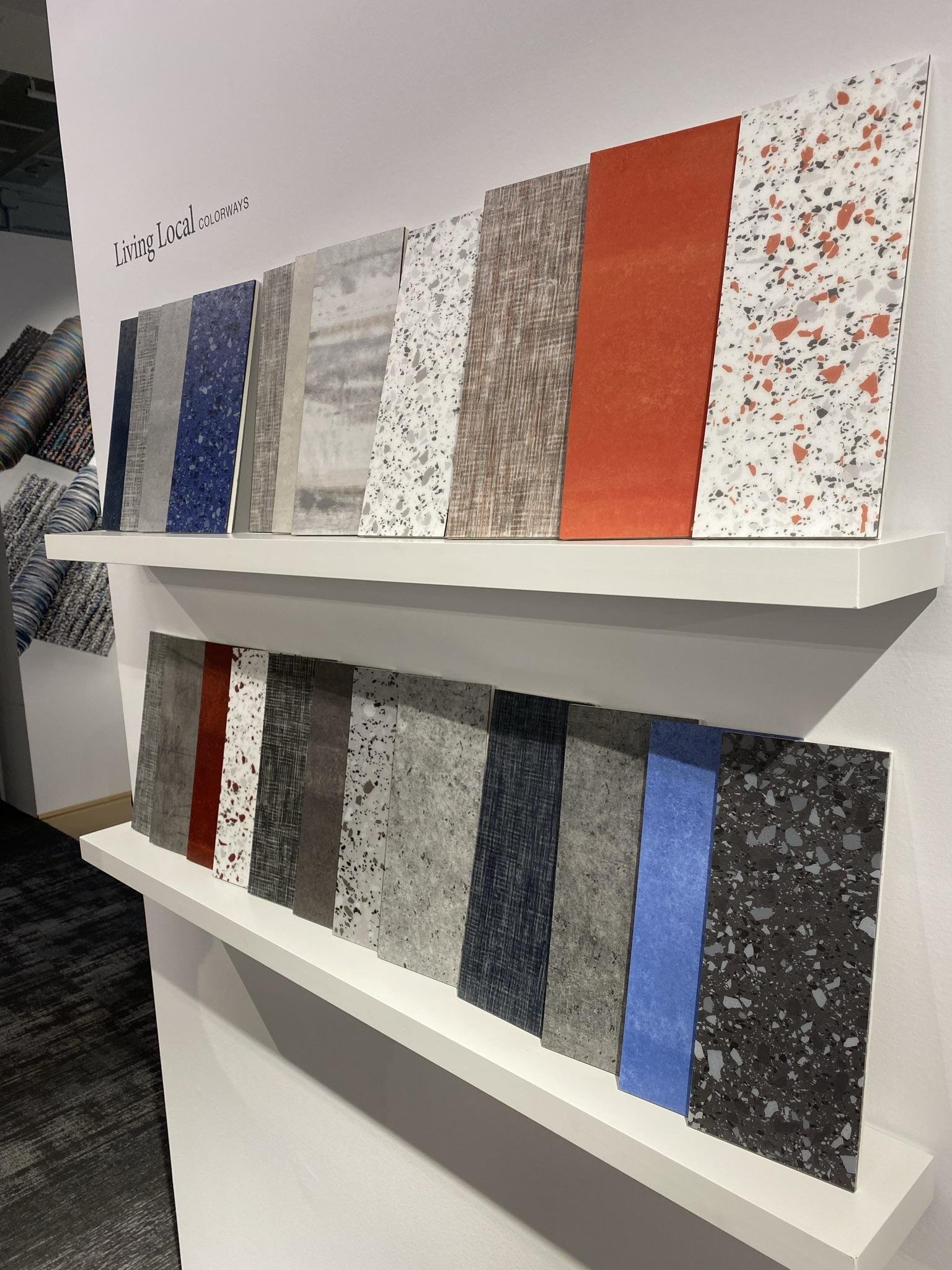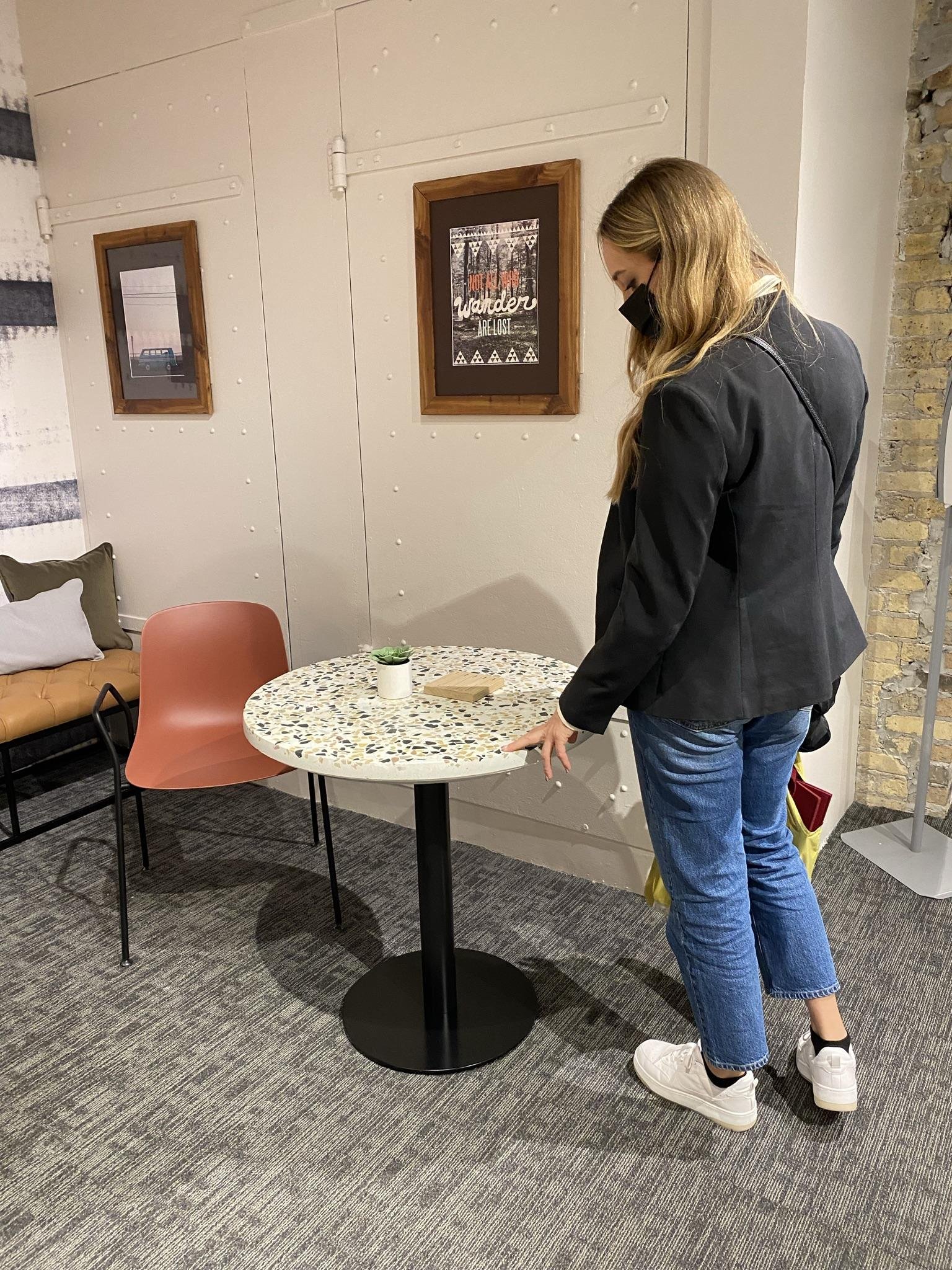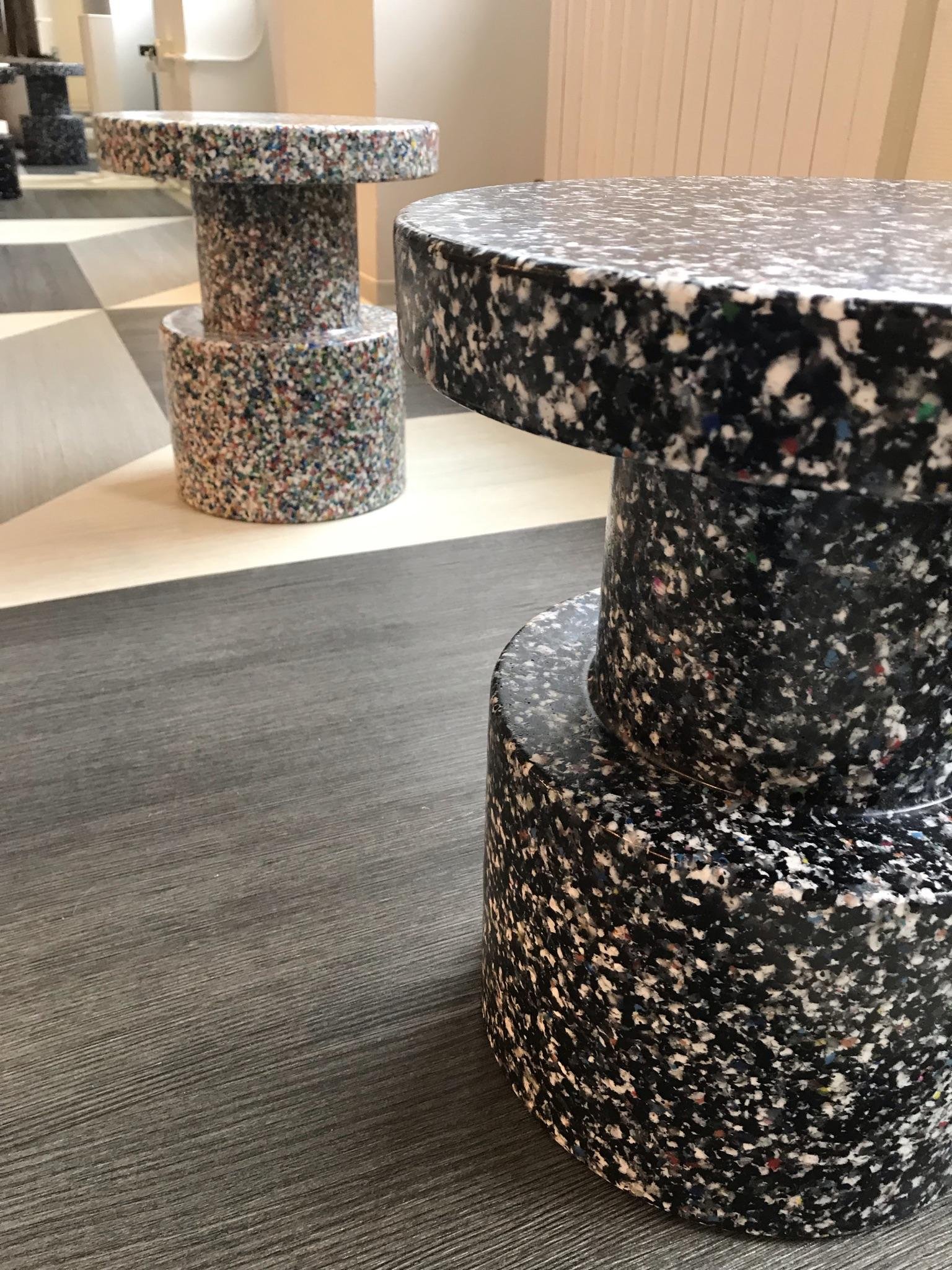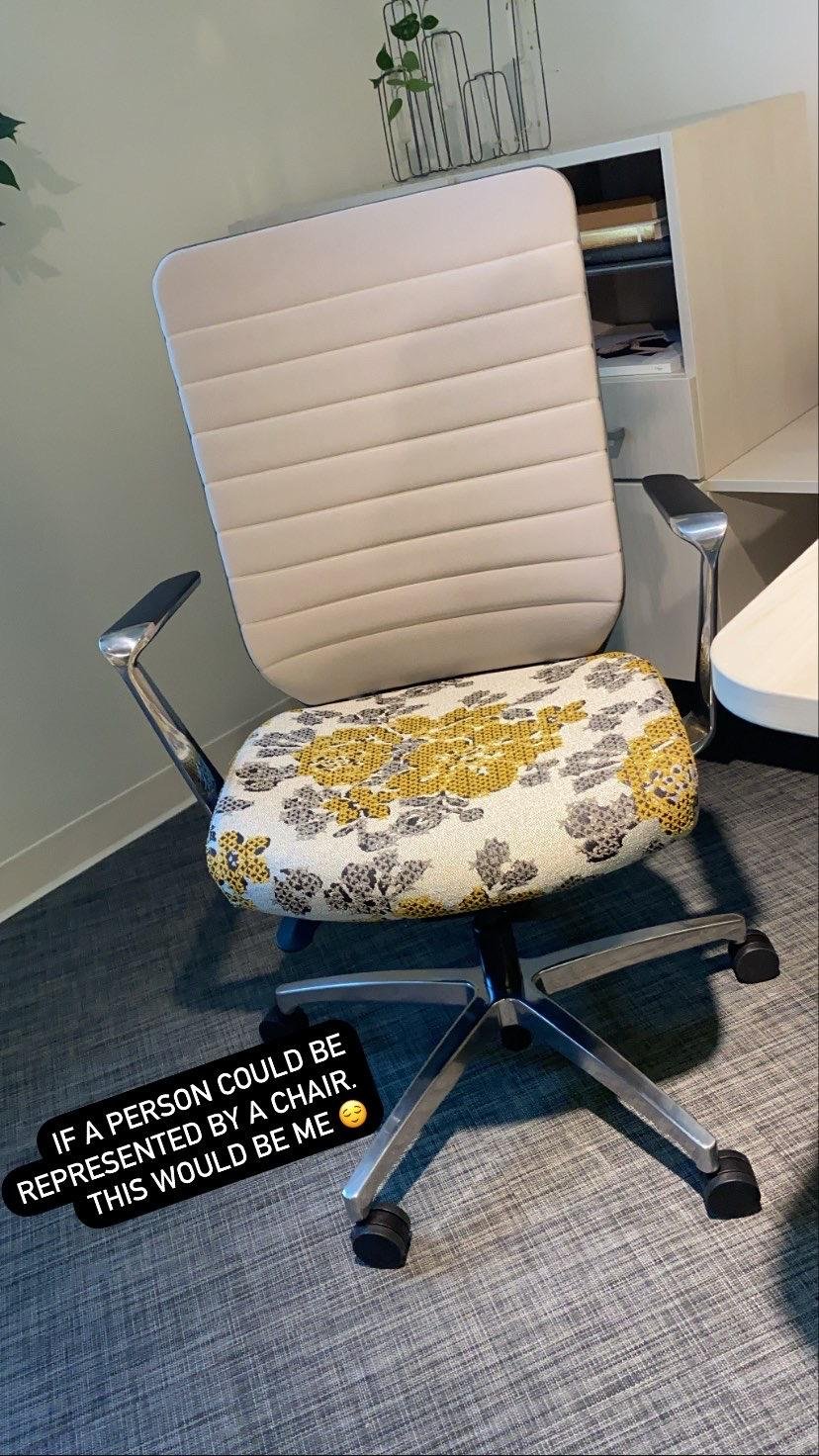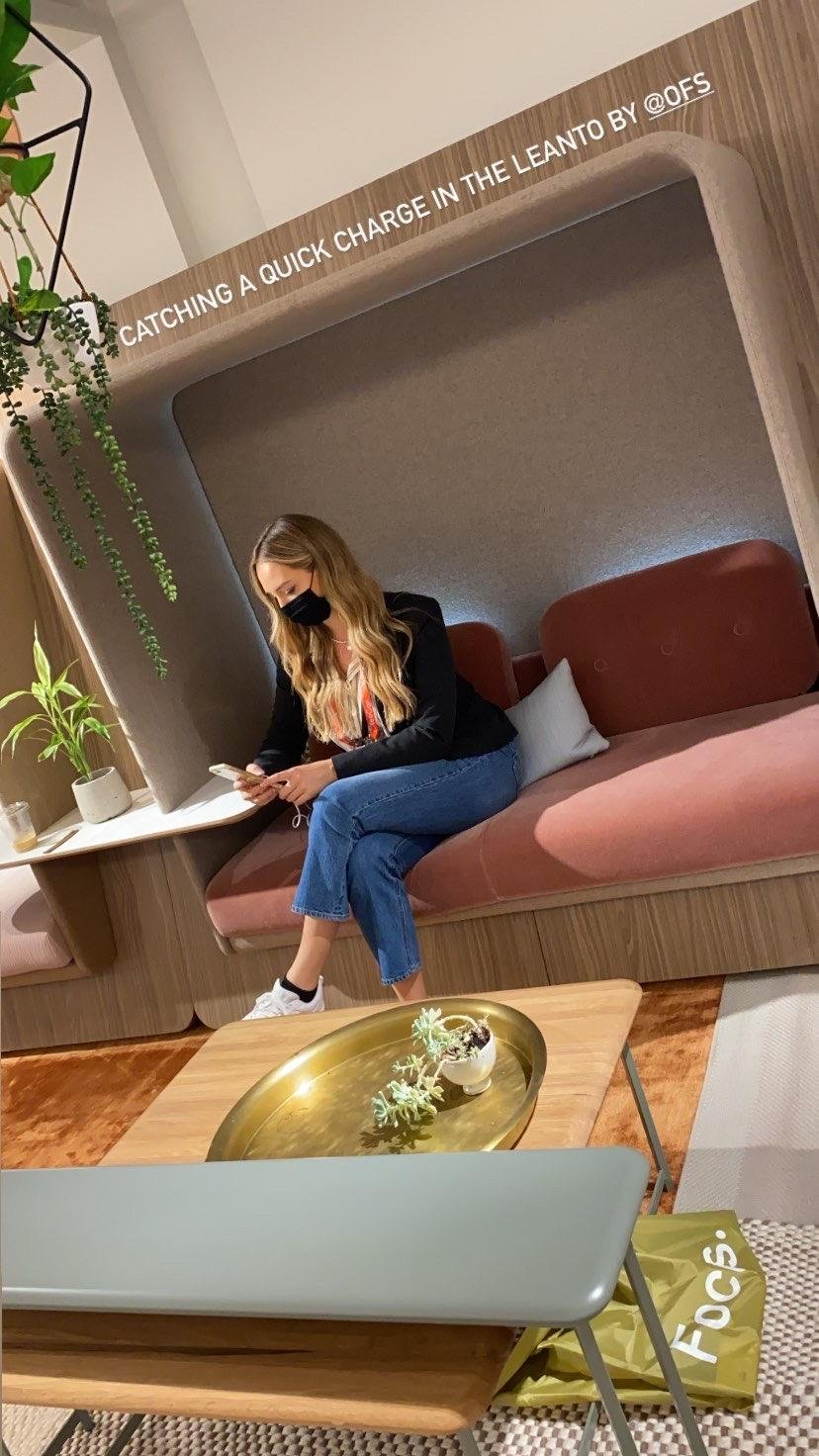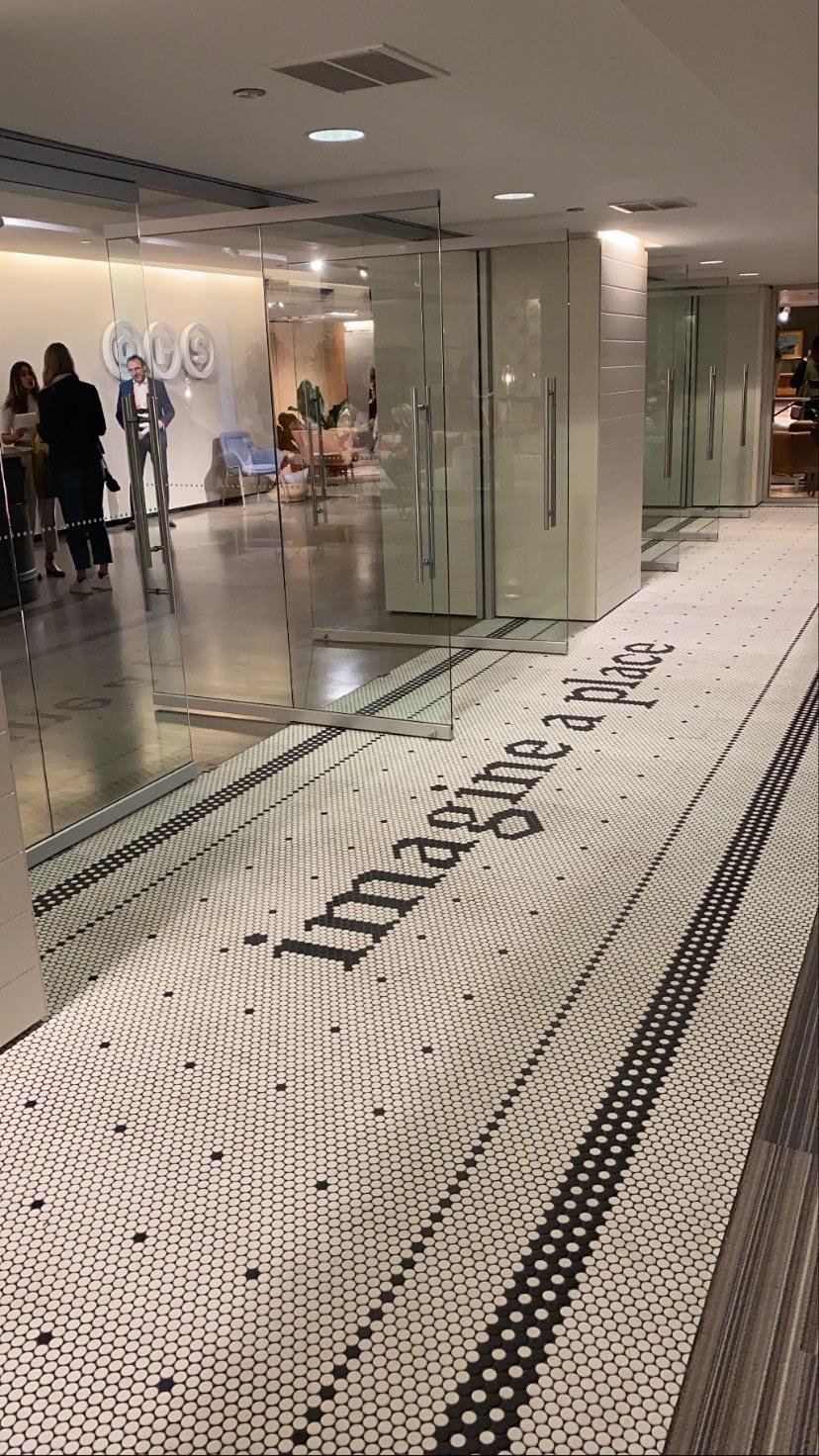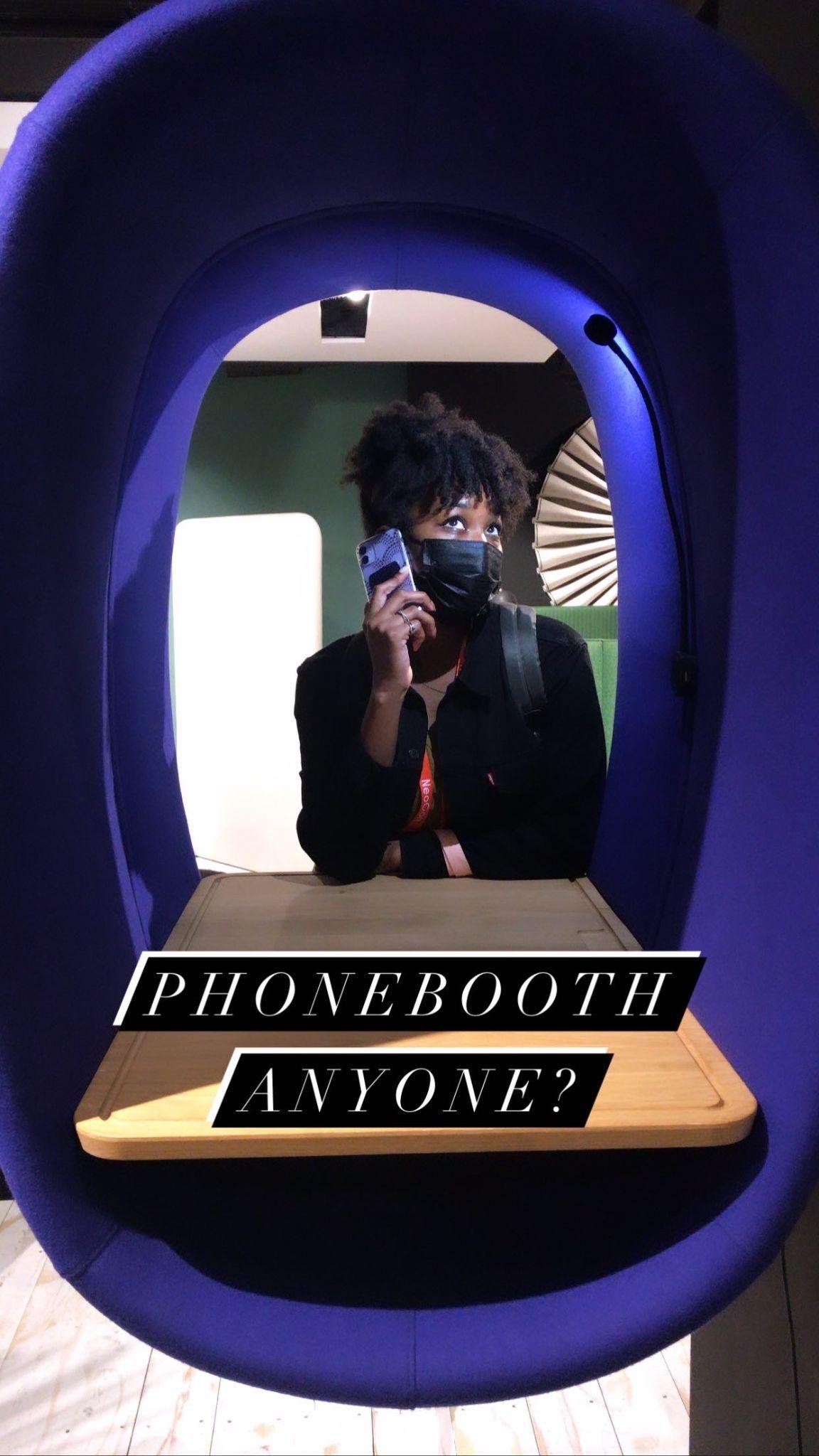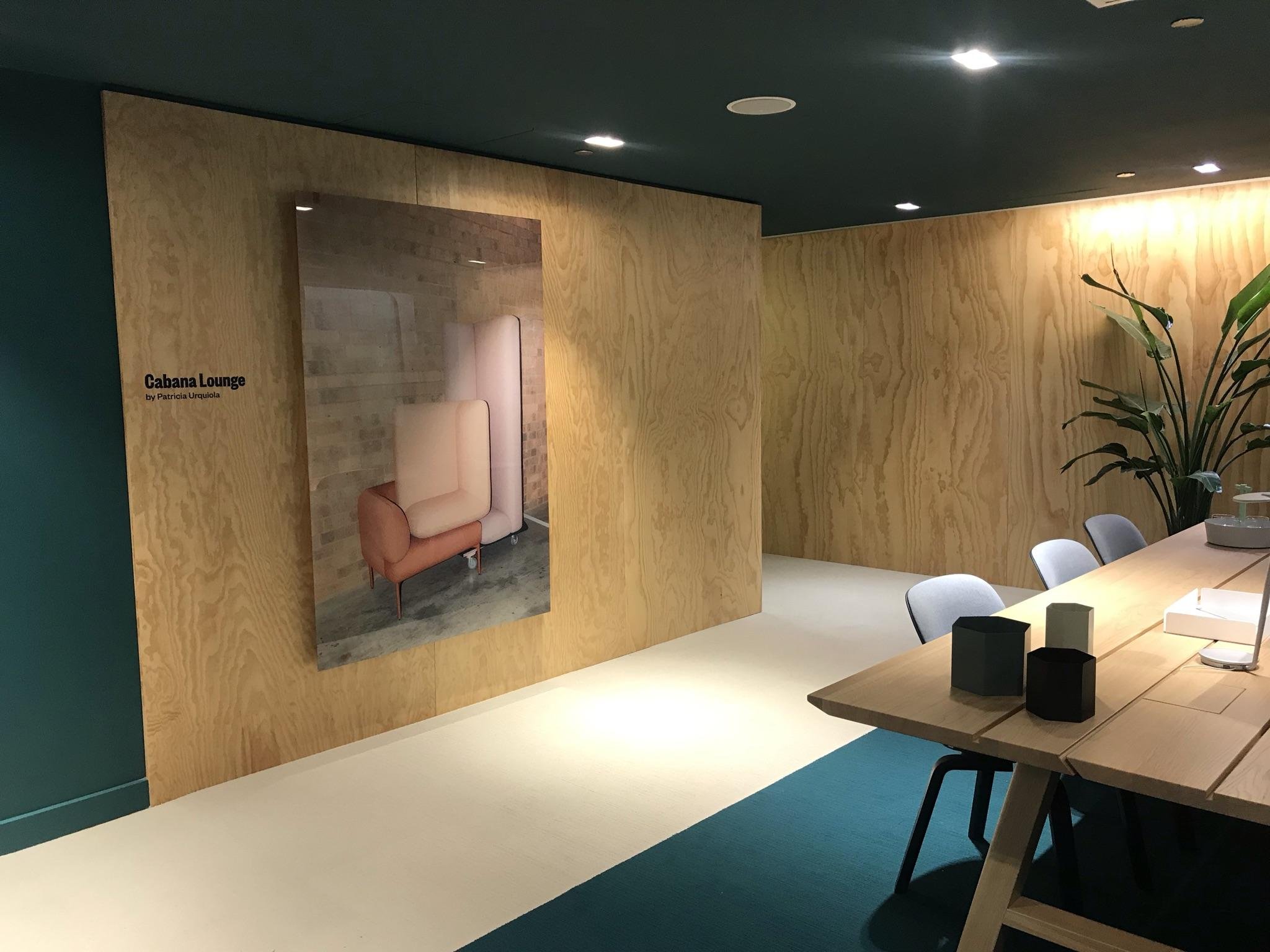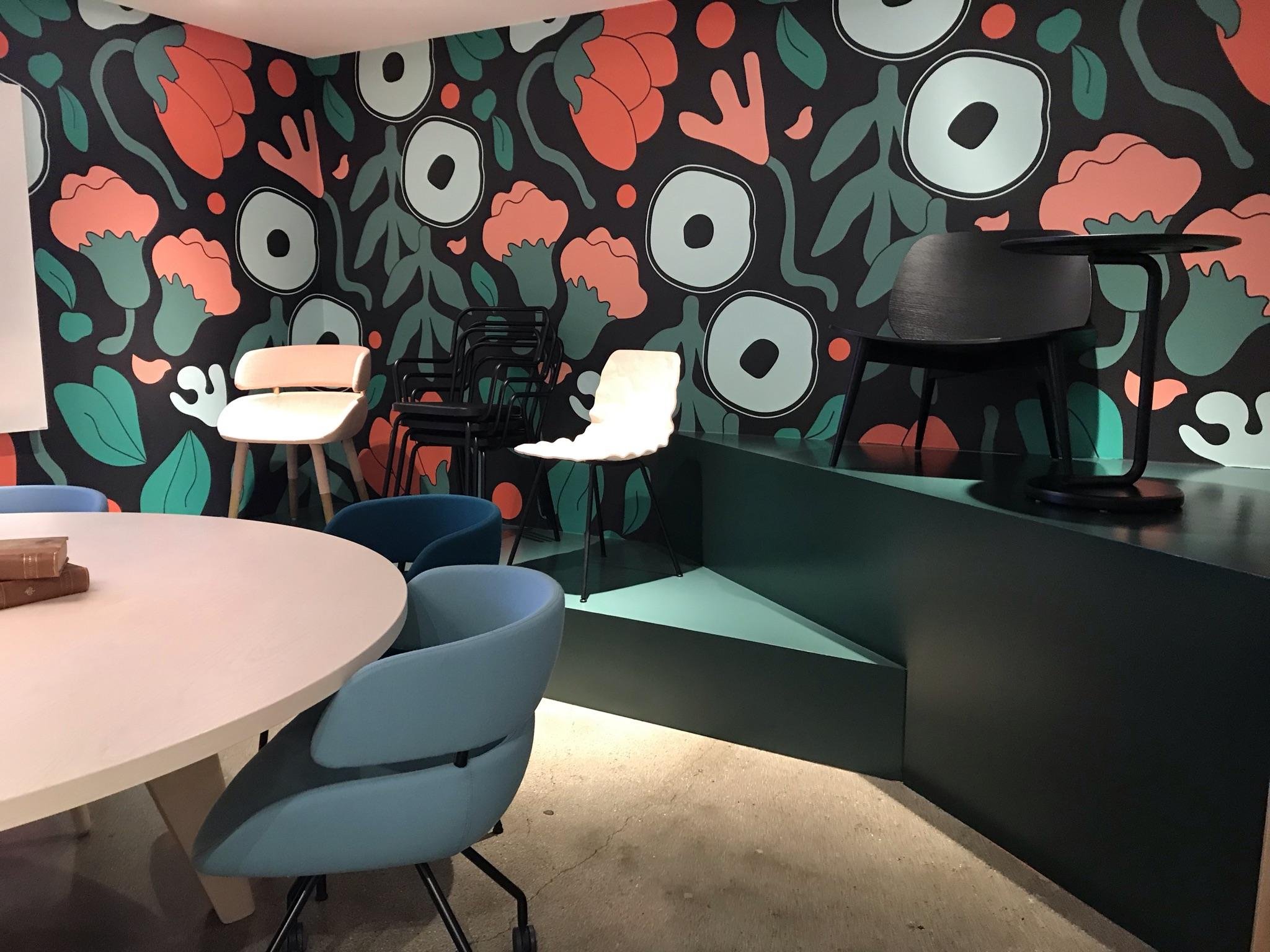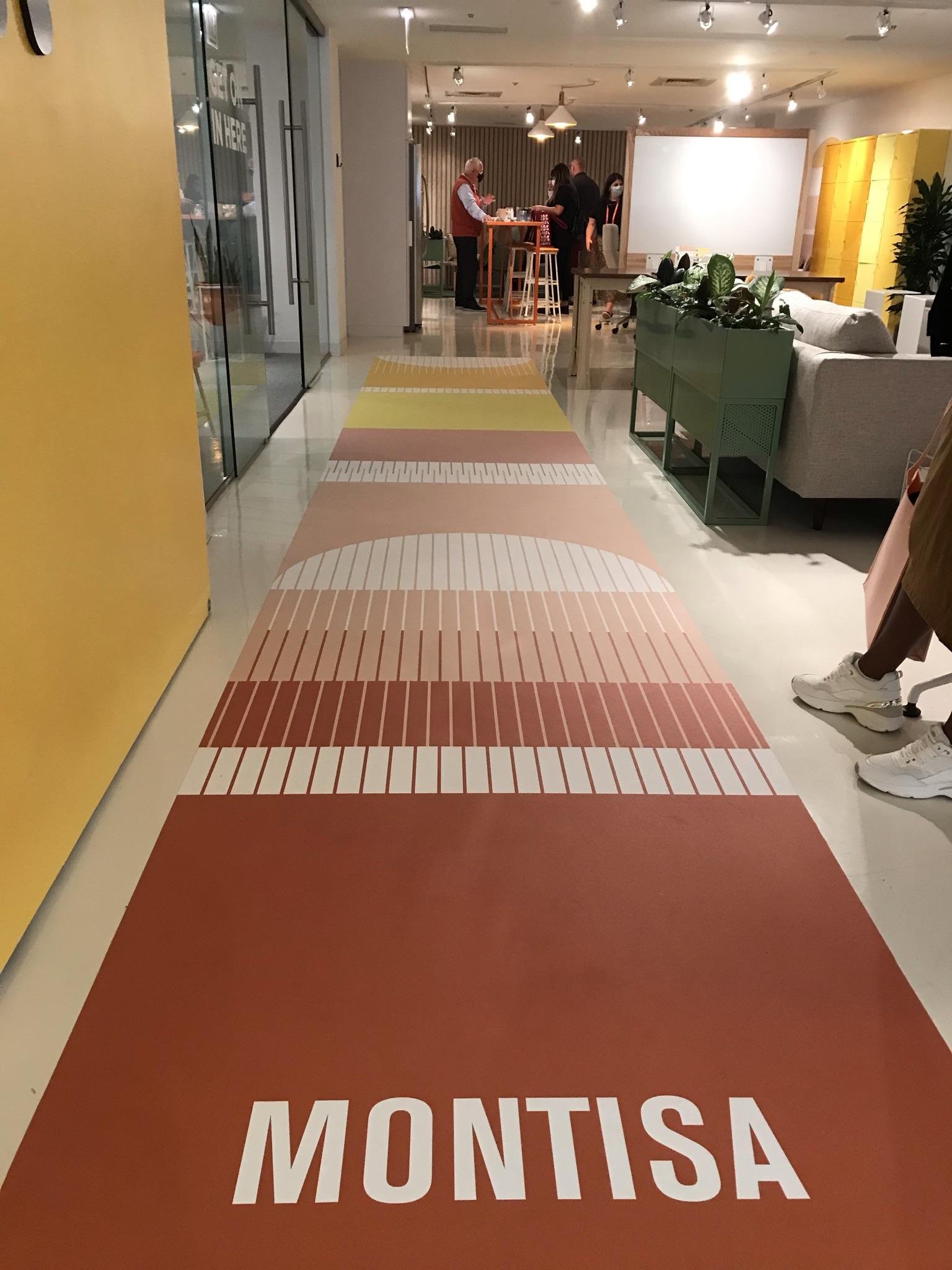FEBRUARY 23, 2022
Tim Beverage
TRIAD Facility Solutions - Director of Operations
Coming to TRIAD Facility Solutions is the culmination of my nearly two decades of work in the design and construction industry. In high school, I started in the construction trades working as a laborer for a general contractor. This early experience in the construction industry started a lifelong passion for design and construction. I always enjoyed working with my hands, but an interaction with a project architect had the most profound impact on my professional life. I had noticed him on-site several times before, so I approached him and asked about his role on the project. He graciously took the time to explain his role as the architect, and he was there verifying that the installed work matched the design documents he produced. He explained he had been working on the project for years before we had broken ground and talked about the intent behind the spaces we were constructing. This brief interaction always stuck with me because it illuminated the power of design and the critical role that architects play in creating the spaces in which we live and work.
As I began looking into where I wanted to go to college, I looked for schools that offered degrees in Architecture and Construction Management. I thought if I could have a solid foundation of understanding on both sides of these professions, I could perhaps help bridge the gaps that often exist between these parties. I thought I might eventually be able to design and construct projects for clients at my own design/build firm. A few years later, I graduated from The Ohio State University with a BS in Architecture and a BS in Construction Systems Management.
I moved to Washington D.C. in 2013 to work for a general contractor as a project engineer, working on historic government buildings. It was a tremendous experience getting to work on everything from the historic renovation of a Smithsonian Museum to the $267 million, 14-story occupied renovation of the International Monetary Fund. I learned so much from my fellow superintendents and project managers about problem-solving, contract structure, and the planning and scheduling that goes into these complex projects.
In 2016 my wife and I returned to Columbus, and I started working as a project superintendent on various large commercial projects around the city. This was my first experience bringing projects out of the ground to finished facilities serving the community. It was a remarkably satisfying experience. I was also fortunate to again work with many highly skilled professionals that helped me grow and further my knowledge and understanding of the industry.
While working on one of these projects, I met Brent Foley. I realized in that meeting I had met him nearly a decade ago in early 2011 as he had sat on a design critique while I was an undergrad architecture student at The Ohio State University. The subsequent conversations between Todd, Brent, Zach, and I rekindled that early passion I had for vertically integrating the knowledge and expertise of architects with the problem-solving and leadership of construction professionals to execute the design of projects.
I was excited to join the team at Triad Facility Solutions (TFS) because I feel I have a unique opportunity to grow an industry-leading culture of quality, confidence, and transparency in the field of general contracting. TFS’s unique combination of licensed architects and construction professionals allows us to offer our clients the best value solution to any design, construction, or maintenance problem they may face. At TFS, we are passionate about growing a diverse and talented team of professionals who care about the projects at hand and the meaning and value that those projects bring the clients, patrons, and broader community. This role allows me to realize my dream from over a decade ago, bridging the gap between architects and construction management to deliver the best quality projects for our clients on time and on budget.
Written by Tim Beverage




